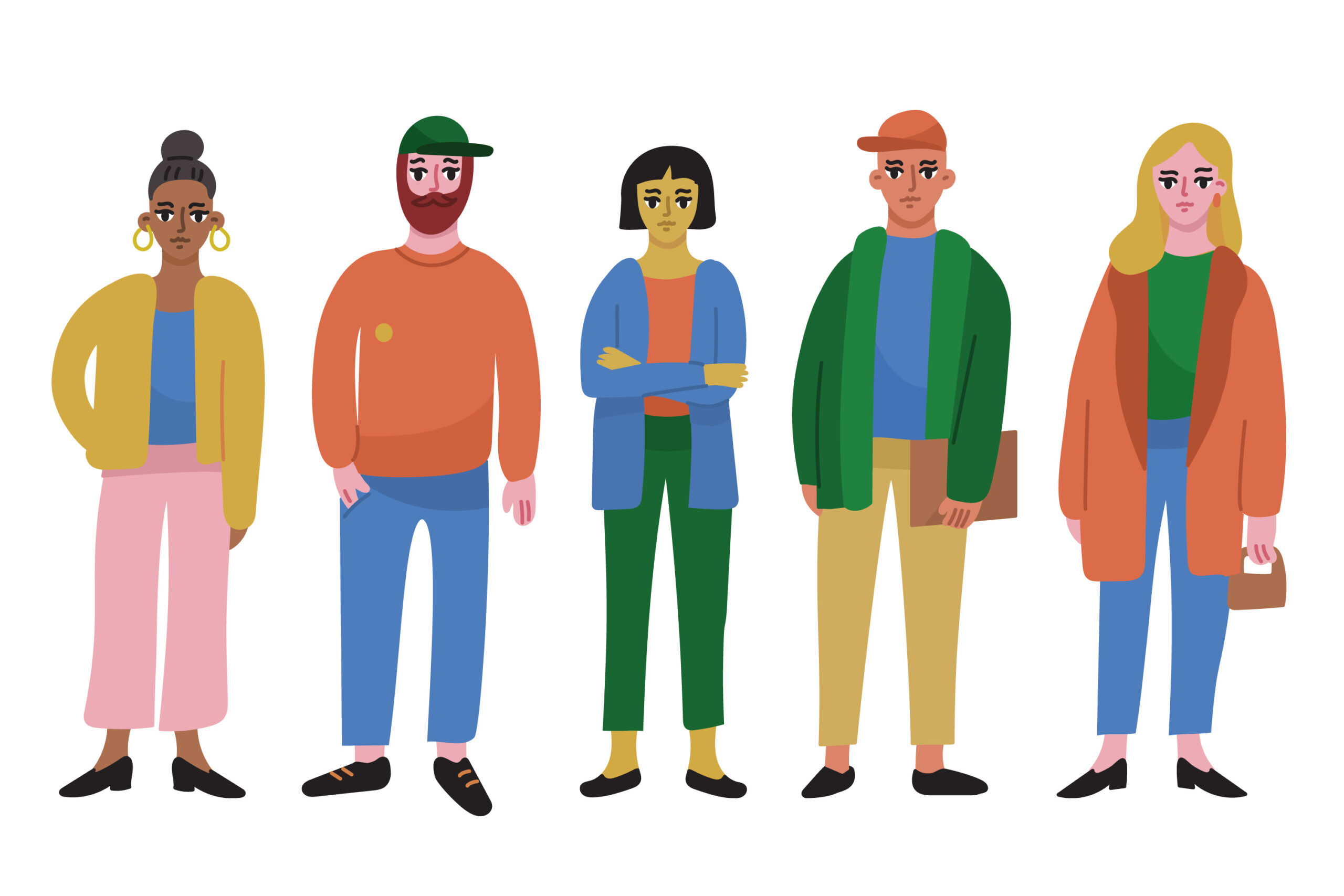Understanding the key differences between B2B (Business-to-Business) and B2C (Business-to-Consumer) purchasing behavior is essential for creating effective marketing strategies. While both markets rely on trust and brand credibility, the way customers make decisions varies significantly.
One of the biggest distinctions is how much recommendations and advertising influence buyers. In B2B, peer recommendations and industry trust drive most purchase decisions, whereas B2C buyers are often swayed by emotional advertising and promotions.
The Dominance of Recommendations in B2B
In B2B markets, purchases tend to be high-value investments with long-term consequences. Businesses cannot afford to make impulsive decisions, so they rely on recommendations from trusted sources.
🔹 91% of B2B buyers say their purchasing decisions are influenced by word-of-mouth recommendations. (Incite Group)
🔹 84% begin their buying journey with recommendations from colleagues or industry networks, while only 21% rely on direct advertising.
🔹 77% prefer being contacted via email
, which allows for more personalized and relationship-driven communication.
Why Are Recommendations So Powerful in B2B?
✅ Trust over time – B2B relationships are built on credibility, reliability, and long-term partnerships. Buyers need reassurance that a product or service will deliver consistent value.
✅ Multiple decision-makers – In most B2B transactions, purchases require approval from several stakeholders (e.g., finance, IT, operations). A single decision-maker rarely has full authority, making peer recommendations crucial.
✅ High stakes, high value – Unlike B2C, where buyers can afford to take risks on small purchases, B2B transactions often involve large contracts, enterprise software, or essential services that directly impact business operations.
The Role of Advertising in B2B vs B2C
While advertising is a major influence in B2C, it plays a smaller role in B2B.
B2B Advertising Trends
📌 Only 13% of companies see advertising as a primary source of leads.
📌 Video content and case studies—which provide real-world proof—deliver the highest ROI (52%).
📌 Buyers in B2B value educational content such as whitepapers, webinars, and industry reports over traditional ads.
B2C Advertising Trends
📌 Emotional storytelling is a key driver of brand loyalty. Consumers connect with brands that align with their values and emotions.
📌 Influencer marketing and social proof (such as user reviews) strongly influence B2C decisions.
📌 Impulse purchases are more common, so discounts, limited-time offers, and promotions can drive conversions.
Key Differences Between B2B & B2C Buyer Behavior
| Factor | B2B Buyer Behavior | B2C Buyer Behavior |
|---|---|---|
| Decision-Making Process | Rational, long-term considerations | Emotional, often spontaneous |
| Influence | Peer recommendations, industry trust | Advertising, influencer marketing |
| Time to Purchase | Longer sales cycles | Shorter, faster decisions |
| Number of Decision-Makers | Multiple stakeholders | Individual or family-based |
| Purchase Value | High-value contracts, long-term investments | Smaller, one-time or recurring purchases |
| Marketing Approach | Case studies, webinars, personalized email | Social media, ads, influencer promotions |
Key Takeaways
💡 B2B marketers should prioritize:
✔ Building trust through testimonials, referrals, and case studies.
✔ Nurturing relationships through personalized email campaigns and educational content.
✔ Leveraging LinkedIn and industry-specific communities for network-driven marketing.
💡 B2C marketers should focus on:
✔ Creating engaging, emotionally driven advertising.
✔ Using influencer partnerships to enhance credibility and reach.
✔ Running strategic promotions and discounts to encourage impulse buying.
Final Thought
🚀 “B2B buys on trust, B2C buys on emotion.”
Whether you’re targeting businesses or consumers, understanding these differences can transform your marketing approach and improve conversions.
Sources: B2Bmarketingworld, https://www.qrcode-tiger.com/b2b-marketing-statistics
